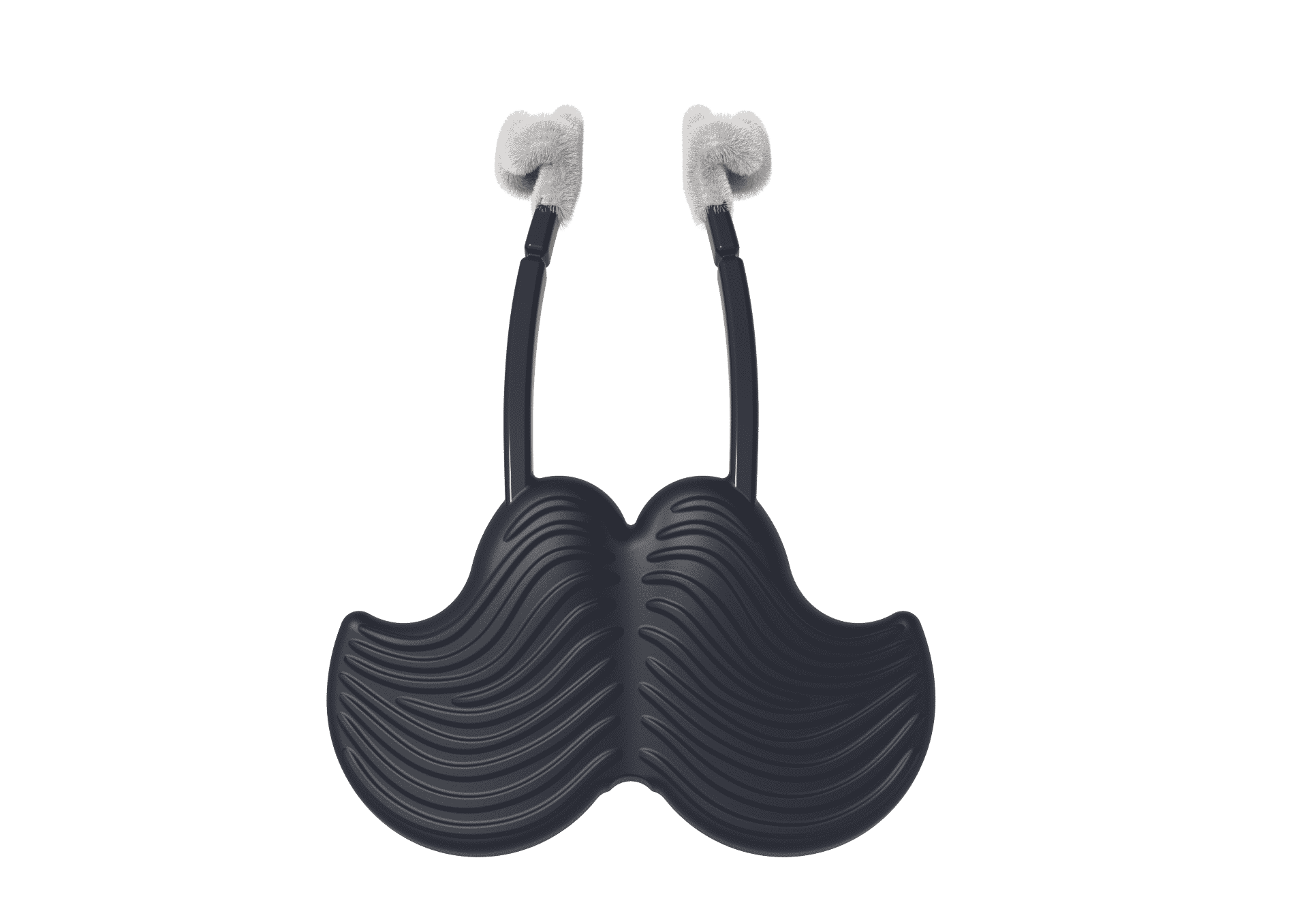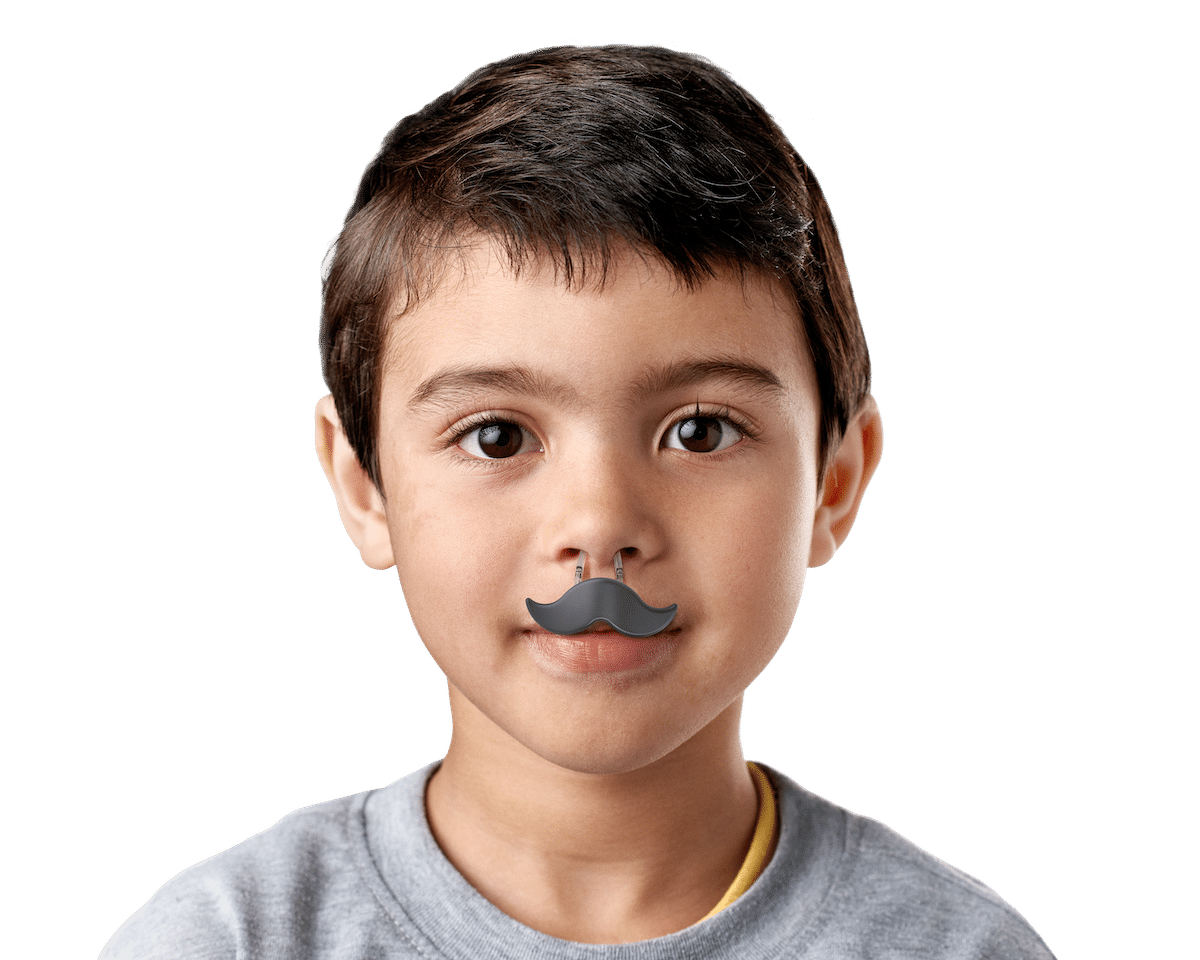A new study suggests the traditional swab suffers from strong reluctance for use for children and a new Melbourne-designed Rhinoswab Junior is the preferred method of sample collection.
The reluctance to test children for COVID-19 is due to the fear, anxiety and discomfort associated with the traditional combined throat and nose swabs.
The “Less invasive SARS-CoV-2 testing for children: A comparison of saliva and a novel Anterior Nasal Swab” study, which has been submitted for publication, compared the current combined nose and throat swabs and saliva collection to the Rhinoswab Junior – a swab designed specifically for children by Melbourne-based company Rhinomed. The study demonstrates the Rhinoswab Junior is the best method for collecting samples from children when considering comfort, consistency, accuracy and efficacy.
A Hospital National Child Health Poll identified that 74% of parents were reluctant to bring their children in for COVID-19 testing because of the potential trauma and pain of sampling, with up to 30% unlikely to test their children at all. The new study from researchers at Murdoch Children’s Research Institute confirms the Rhinoswab Junior provides a comfortable alternative that addresses these concerns.
Study samples were self-collected by 53 children aged 4-18 years, with results demonstrating the new swab is:
- readily used by children to self-collect
- more comfortable and preferred to standard combined nose and throat swabs
- highly sensitive and accurate for SARS-CoV-2 detection, and
- more sensitive and has better COVID-19 case detection than saliva sampling.


Rhinoswabs can reduce the fear and anxiety of COVID-19 testing for children. Source: Rhinomed Limited
The study confirms Rhinoswabs are the preferred method of sample collection for respiratory diseases for children whether for PCR or RAT testing. Rhinoswab Junior’s unique design means children can collect their own samples, and parents and carers are more likely to ensure children are tested.
In this study Rhinoswab was preferred by 88% of children when compared with the combined nose and throat swab. This builds on a previous Murdoch Children’s study of 249 hospital samples that concluded that the Rhinoswab Junior is clinically equivalent to a standard combined nose and throat swab, yet preferred by eight out of 10 children as well by parents and nursing staff.
Comfortable Rhinoswabs can ease repeat testing of children for a range of respiratory viruses at home, in schools and health settings. Rhinoswabs have potential to improve testing rates and accuracy and, as a result, case detection across populations, especially for children and other vulnerable groups.
Case detection continues to be a critical part of the public health response to the ongoing SARS-CoV-2 pandemic including new variants. In this study Rhinoswab samples proved highly sensitive to SARS-CoV-2 detection in PCR testing compared with saliva samples. The combined throat and nasal swab detected 44 SARs-CoV-2 cases, whereas Rhinoswabs detected 45 cases and saliva samples just 39 cases.
In July 2022 SureScreen Australia registered the first rapid antigen test kit using the Rhinoswab Junior with the Australian Register of Therapeutic Goods enabling sales into Australian, New Zealand, Singapore and South Pacific markets. These kits are available for sale in Australia via SureScreen Australia.
Rhinomed CEO Michael Johnson commented,
“With SARS-CoV-2 variants and seasonal respiratory viruses continuing to evolve, we need more accurate and comfortable sample collection to encourage people – especially children – to keep getting tested.
Rhinomed is proud to have developed a swab that not only works better, but removes anxiety and distress − not just for kids, but for their parents and health care workers. Even adults prefer Rhinoswabs.
We are grateful to have the Murdoch Children’s Research Institute’s rigorous research further demonstrate the benefits of Rhinoswab Junior.”
Further information about the Rhinoswab can be found at on the Rhinoswab page.